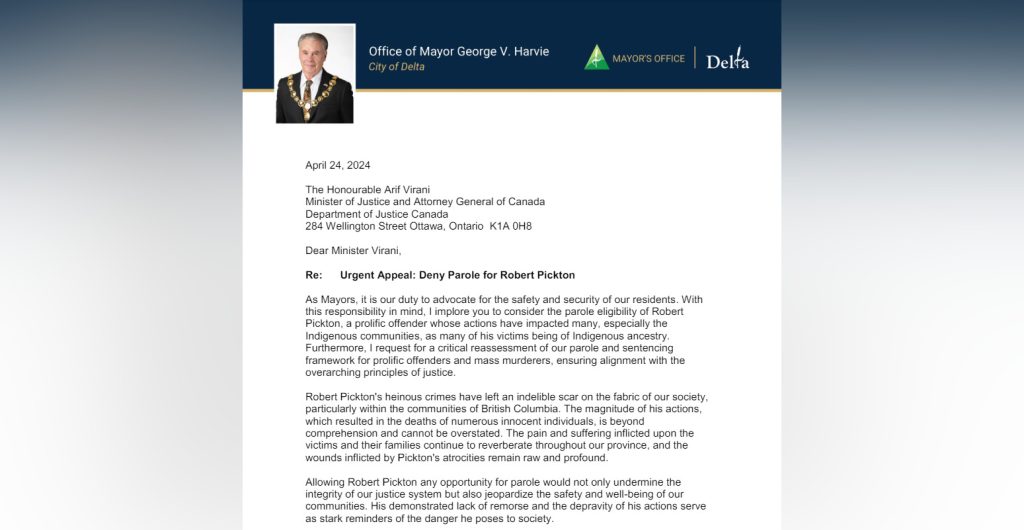Trans Mountain pipeline revenue based on false assumptions: report
Posted June 2, 2017 7:53 am.
Last Updated June 2, 2017 8:40 am.
This article is more than 5 years old.
BURNABY (NEWS 1130) – Does Kinder Morgan’s controversial Trans Mountain pipeline expansion from Alberta to Burrard Inlet still make financial sense?
A new report from a former federal energy researcher suggests the project is based upon overly-rosy assumptions and out-of-date data and will not deliver the $73-billion in revenue over the next 20 years promised by the company.
David Hughes, who contributes to the Canadian Centre for Policy Alternatives, says the arguments made by Kinder Morgan and the federal and Alberta governments don’t reflect changes in global oil markets.
“I did a survey of the existing international oil price situation over the last 18 months and whereas there was a large price differential between the international price of oil [Brent Crude] and the North American price [West Texas Intermediate] between 2011 and 2014, it has now decreased,” Hughes tells NEWS 1130.
He says the differential was about $20 in 2012 and it averaged 82 cents in 2016.
The lower price for North American oil as Trans Mountain was going through the approval process was caused by a bottleneck of crude created by increases in fracked oil in the US.
“Basically shale oil caused a glut and they couldn’t move it to the US Gulf Coast. It was more or less stranded and that drove the price down. Since 2014, they have built two pipelines — the southern leg of Keystone XL — and they have reversed the Seaway Crude Pipeline. Now there’s lots of capacity to move oil and the price is back to what it was historically,” Hughes explains, adding when Trans Mountain, Northern Gateway and the Energy East pipelines were proposed in Canada, they made sense, but that is no longer the case.
He concludes the claims the pipeline expansion will open up Asian markets and increase the price of Alberta crude no longer hold true and also questions the need for dramatically increasing the capacity of the Trans Mountain pipeline given the realities of production in Alberta’s oilsands.
“If you look at the projected oil production scenarios that were used by Kinder Morgan and the National Energy Board when it approved it, they are much higher than later projections by the NEB and they didn’t include the impact of Alberta’s Climate Leadership Plan’s emission cap on the oilsands, which will limit production,” he says. “If you factor both of those together, the oil supply picture that was used by Kinder Morgan is 43 per cent higher than will actually be the case by 2038.”
And the now-approved Keystone XL project in the US along with the Line 3 expansion are expected to eventually export 1.2 million barrels of bitumen to the US Gulf Coast as well. Hughes argues that essentially makes Trans Mountain redundant.
“And the fact that we now have three export lines approved — Line 3, Keystone XL and Trans Mountain — Trans Mountain makes the least sense given the rugged terrain it crosses and the fact we need a big ramp-up of tanker traffic into southern BC.”
Hughes suggests the National Energy Board knew — or should have known — it was using a “faulty” future oil supply projection as a basis for its approval for Trans Mountain in November 2014 and he would like to see Ottawa rethink its energy strategy. “It needs to be more holistic and look at all of these projects not in isolation but in terms of a master plan for the country, especially considering we made commitments to the Paris Accord on Climate Change.”










